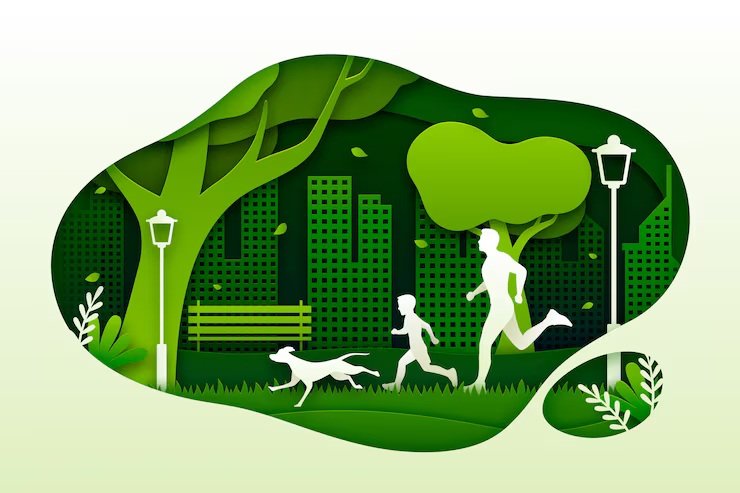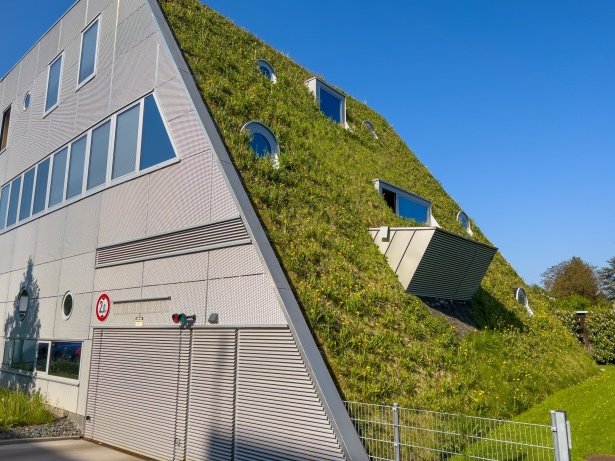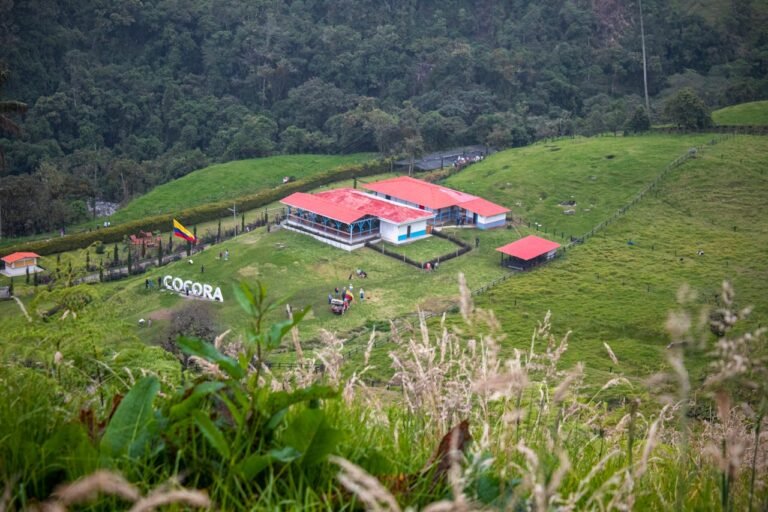What “Going Green” Means Now
“Going green” is a simple phrase with a complicated life. At its most basic, it means reducing harm to the environment — using less energy, producing less waste, choosing cleaner fuels and materials — but the idea stretches beyond single actions into systems: how goods are made, how energy is supplied, and who pays the costs. According to Greenly, going green describes people and organisations making real efforts to lower their environmental impact and encouraging others to do the same.
That everyday definition sits beside the longer, policy-minded idea of sustainability: meeting today’s needs without compromising future generations. The United Nations frames sustainability as an integrated approach that balances environmental health with social and economic needs. In practice, “green” actions can be immediate (switching to LED lights) while “sustainability” asks whether the whole system — supply chains, finance, disposal — is fit for decades. According to the United Nations, sustainable development requires attention to the environment, economy and social equity.
These overlapping concepts explain why going green is now a mix of household choices, corporate strategy and public policy. For a family, it may mean composting and buying less; for a company, it means rethinking raw materials, logistics and energy; for a government, it means setting rules that make green choices accessible and fair. This blended definition is important because it shapes what “success” looks like: it is not only fewer plastic bags but also safer waste systems, lower-carbon power and jobs that survive the transition.

In This Article
- Real Communities and Companies Going Green — What’s Working and What Isn’t
- The Evidence: What Research and Data Say About Behaviour, Impact and Trade-offs
- What You Can Do — Practical Steps That Add Up
Real Communities and Companies Going Green — What’s Working and What Isn’t
Real-world examples show both the promise and the pitfalls of going green. In Kasakula, Malawi, a project led by the UK charity SolarAid installed household solar systems across nearly 9,000 homes so families could have reliable light and phone charging without relying on paraffin or candles. The systems come with a small weekly fee and local technicians trained to install and maintain the units. Brave Mhonie, SolarAid’s general manager in Malawi, told reporters the project set out to test a scalable model in a low-income, remote community and has opened hours for study, small businesses and safer homes. According to Mongabay, the Kasakula rollout delivered power to a village that previously relied on unsafe lighting sources and used local training to handle installation and upkeep.
That bright picture carries a warning: technologies can create new risks if their life cycles are not managed. A life-cycle assessment of solar home systems in Malawi — the first study to quantify lead pollution from informal battery recycling in this context — found that short-lived, low-cost batteries and informal disposal practices can release hazardous lead, and in some scenarios, make the environmental footprint of off-grid solar comparable to that of diesel generators. The authors concluded that extending battery lifetimes and establishing formal recycling are essential if off-grid solar is to be a truly low-carbon, safe solution. A report by Applied Energy in 2024 found these health and environmental risks tied to informal battery flows and short replacement cycles.
On the corporate side, big retailers are showing how system-level shifts can reduce emissions at scale. IKEA’s FY24 sustainability reporting says the company reduced total greenhouse gas emissions by 5% compared with the previous year and 28% compared with its 2016 baseline. IKEA points to increased renewable energy, energy efficiency measures and transport electrification as contributors; the company frames affordability and accessibility as part of its sustainability approach so customers can choose lower-carbon options without paying a premium. According to IKEA, these reductions demonstrate that large companies can decouple growth from rising emissions when they act across their supply chain.
Those two cases — a rural solar rollout and a major retailer — show why “going green” is not a single tactic but a set of linked choices. Local projects that increase energy access can deliver immediate social benefits, but without quality control and end-of-life planning, they may shift harm rather than remove it. Meanwhile, corporate actions that cut supply-chain emissions can move large volumes of carbon, but how companies balance cost, transparency, and worker impacts determines whether those actions are fair and durable.
The Evidence: What Research and Data Say About Behaviour, Impact and Trade-offs
The last decade of studies shows a recurring pattern: people want to do the right thing, but many barriers stand in the way. A widely cited analysis in Harvard Business Review called the “green consumer” paradox found that although many consumers state a preference for sustainable brands, far fewer act on those intentions at the point of purchase. According to the review surveys show that while a large majority say they prefer purpose-driven brands, but only a minority consistently buy them.
Closer to action, experimental and disclosure studies offer hope. Research published in MDPI’s Sustainability in 2024 examined how green consumption awareness and the disclosure of carbon emissions influence shopping choices. The authors found that awareness alone does not always change behaviour, but detailed emission disclosures can shift choices in specific scenarios — particularly when consumers are given clear, comparable carbon information for different options. According to the study, effective information disclosure can turn green awareness into greener shopping decisions when it is concrete and context-specific.
Hard numbers matter when judging outcomes. Below is a short summary table of key statistics referenced in this article; it is presented here so readers can compare the scale and type of impact across examples.
| Case | Key number | Source |
|---|---|---|
| Kasakula, Malawi — households electrified | ~9,000 homes with solar systems | According to Mongabay, 2025. |
| Applied Energy life-cycle study — battery risk | Informal recycling can release the equivalent of 100 lethal oral lead doses from a single battery; short battery lifetimes can make SHS impacts exceed diesel generators in some categories. | A report by Applied Energy, 2024. |
| IKEA FY24 — emissions | 5% reduction vs FY23; 28% reduction vs FY16 baseline | According to IKEA, 2025. |
| Behavioural studies — green purchase gap | Stated interest in sustainable products often far higher than actual purchase behaviour (example: 65% say they want sustainable brands but ~26% follow through in one survey) | According to Harvard Business Review, 2019. |
These numbers show two important truths. First, scale and systems are decisive: installing thousands of household solar kits or changing a global retailer’s supply chain moves large amounts of energy and material flows, so the design of those systems determines net benefit. Second, information and quality matter: consumers will shift behaviour when they can compare options and when alternatives are reliable and affordable.
Real experts and practitioners reflect the same mix of optimism and caution. SolarAid’s team emphasises that local training, predictable payments and maintenance are what make the Kasakula model viable; they also stress that financing and recycling systems are needed to scale safely. According to the report by Mongabay, SolarAid’s general manager, Brave Mhonie, said the project was chosen because it tested the model in a remote, low-income community and showed it could be scalable with the right support.
What You Can Do — Practical Steps That Add Up
If “going green” feels vague, here are practical actions that work at the household, community and policy levels. Start at home: reduce energy use by switching to efficient lighting and appliances, fixing air leaks, and prioritising long-lived items over disposable ones. When buying, ask for clear environmental information: preference should go to products with verifiable life-cycle claims and repairability. The MDPI study suggests that better carbon disclosure nudges people toward lower-impact choices when the information is specific and comparable.
At the community scale, support collective solutions that lower barriers to clean energy. Community solar models let renters and low-income households access renewable power without rooftop panels; agencies such as the U.S. National Renewable Energy Laboratory (NREL) provide resources and design guidance for projects that distribute benefits equitably. According to NREL, community solar allows customers to buy or lease part of a shared system and receive credits on their bills, widening access to clean energy.
For companies and local leaders, the examples above point to three priorities. First, act across the value chain: emissions reductions concentrated in a single area are valuable, but systemic change comes from material choices, manufacturing processes and logistics together. IKEA’s FY24 reductions show the potential of coordinated action. According to IKEA, those reductions came from increased renewable energy, efficiency and transport electrification.
Second, design for the whole life cycle. Donors and implementers should pair household solar rollouts with financing for quality batteries, local maintenance networks and formal recycling pathways; the Applied Energy study warns that without these elements, low-cost solutions can create harmful waste streams. A report by Applied Energy found that formal recycling and longer battery lifetimes are necessary to make solar home systems low-carbon and safe.
Third, make information simple and actionable. Regulators and platforms can increase the impact of green choices by standardising disclosures (carbon per use, expected lifetime, repair options) so consumers and procurement officers can compare apples with apples. Behavioural studies show that specific carbon information nudges choices in the right direction when presented clearly. According to studies, detailed disclosure helps convert awareness into behaviour.
Conclusion
Going green is not a one-off campaign; it is a long set of decisions across technology, policy and daily life. The real test is whether those decisions leave people better off — with cleaner air, affordable energy, secure jobs and systems that do not shift harm from one place to another. The bright lights in Kasakula and the emissions cuts at IKEA are evidence that change is possible when projects are thought through end-to-end. But the Applied Energy warning about batteries and the persistent consumer gap remind us that promises must be matched with design, transparency and regulation.
If you want to take one concrete step today: ask this question before you buy or back a project — “Who benefits, what is the lifetime of the product, and how will it be disposed of safely?” Make that a habit, and you help move “going green” from a slogan to a stable, fair system.







